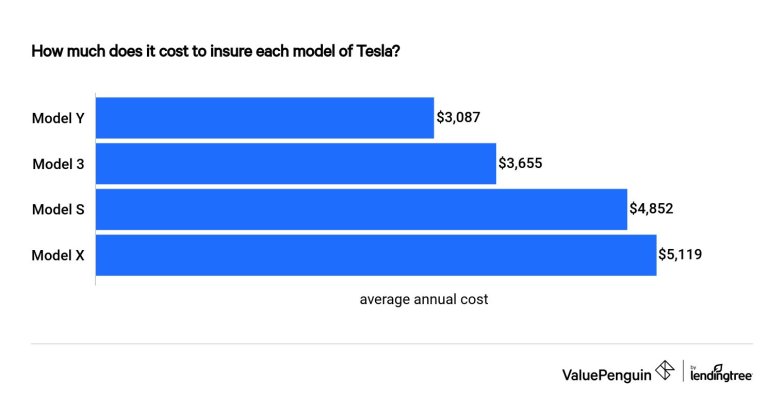A discussion about SDC (Self driving car) does not belong here on an EV thread, because a system can be installed on an ICE car, as has been done in many experimental cars as well as production cars. But since it is brought up, I might as well share some info here.
Yes, a true Level 5 SDC is many years away. I have been following this technology with much interest, and anyone, I don't care who he is, who says he has it is just blowing smoke.
Now, a Level 4 SDC can still be very useful. Of course, even a Level 2 like many cars out there including Teslas, can be useful. Else, how would the SAE (Society of Automotive Engineers) bother to define these levels? The main thing the public must know, and the makers to adhere to, is the difference between various automation levels, and the responsibility of the driver in each level.
A Level 4 robotaxi which is geofenced to work only in the city is of course useful. In bad weather, heavy rain/snow/fog, icy road conditions, etc..., the robotaxi operation can be suspended. The AI software must know when it cannot handle a certain condition and stop the car to wait for human assistance. That's what Waymo has been doing. The car calls for help. They send a human driver out to the taxi to drive it out of a tough spot, because they cannot allow the passenger to drive. If it is a personal car, the owner/driver will be woken up if he is sleeping to take over.
A Level 4 car can certainly operate outside of the cities but still has similar limitations as above. With a Level 4 car, the driver can go to sleep. The car will know to stop itself in bad situations and wait for human assistance.
With a Level 3 car, the driver is allowed to read a book, send text messages on his phone, play a computer game. He has to be in the driver seat, and cannot go to sleep.
With a Level 2 car, the driver is not allowed to take his eyes off the road. His hands cannot be off the steering wheel for too long. The driver must stay attentive at all times, and to override as necessary.
Tesla FSD (full self driving) is only Level 2, even with the most advanced beta version. Full self driving here means the car will attempt to drive unless intervened by the driver. Other makers usually put operation limitations on the system, as a safeguard against ignorant drivers who abuse the car.
Mercedes and perhaps other makers will be selling Level 3 cars, but my impression was that this operation (eyes off the road) will be allowed only on highways and freeways. And they plan to have Level 4 (sleeping allowed), but again only on highways and freeways.
Nobody talks about cars without steering wheels and pedals anymore. They used to, a few years ago, but have learned how hard it really is.



